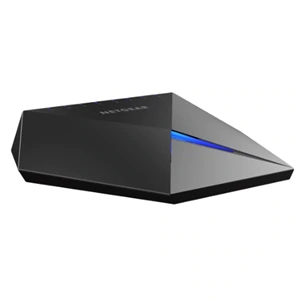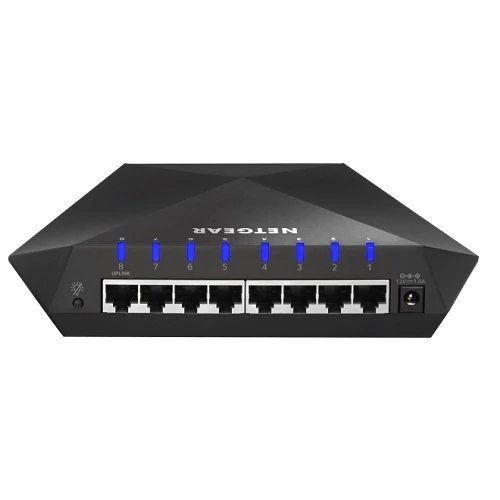Background: I have ~20 years network engineering experience.
Regarding your two questions:
-
I have 10GB Ethernet in my home network. My main NAS (where all my local music files are stored) is connected via 2x10GB in an LACP bond to my 10GB switch. My Roon Core (running on a CentOS 7 system) is connected to the same switch via a 2x1GB LACP team. All my Roon endpoints are connected to access switches around the house that each have a 1GB link back to the core switch. Works fine.
-
As pointed out above in this thread, 10GB between the switches will provide benefit if you have multiple devices transferring concurrently between the switches. In practical home terms, however, this is unlikely to get used much. All streaming (be it audio or video) is relatively low bandwidth – could even be done over a 100Mbit link, never mind 1GB or 10GB. File transfers can peg a link, but are generally bursty in nature and the link mostly sits idle. Backups can use a lot of bandwidth, but are typically a background task running in the middle of the night, so not really something to be worried about.
Where 10GB comes into play are
- you have LOTS (100s) of devices – this is uncommon for home networks, but normal in office/enterprise environments
- you have some “heavy hitter” workloads, such as video editors working directly off a NAS instead of using local storage. This is also a fairly niche use case in a home/SOHO environment.
I have 10GB at home mainly because a) I’m a network engineer and that’s just the way we roll, b) it was not a financial hardship for me to do so, and c) it allows me to manage and edit my photography library directly off the NAS (I use Capture One, FWIW) – not nearly as demanding as editing video, but you can still feel the difference between 1GB and 10GB doing this.
The cost of 10GB has come down a lot in the last couple years. You can get older used cards for cheap (but be aware they tend to have much higher wattage draw than the newer cards), and chips like the ANQ10x have made new client-oriented cards (so none of the fancy offload stuff that the more expensive server cards offer) available for under $100 new. There are also some “affordable” switches now from the likes of MikroTik, Netgear and Ubiquiti. (Though they are still a factor of ten more expensive than a same-port-density 1GB switch.) But for most home use cases, there is no need for 10GB today, or even likely for the next 5+ years. Unless you have one of the niche workloads that requires it, and then you will already know you need it…

